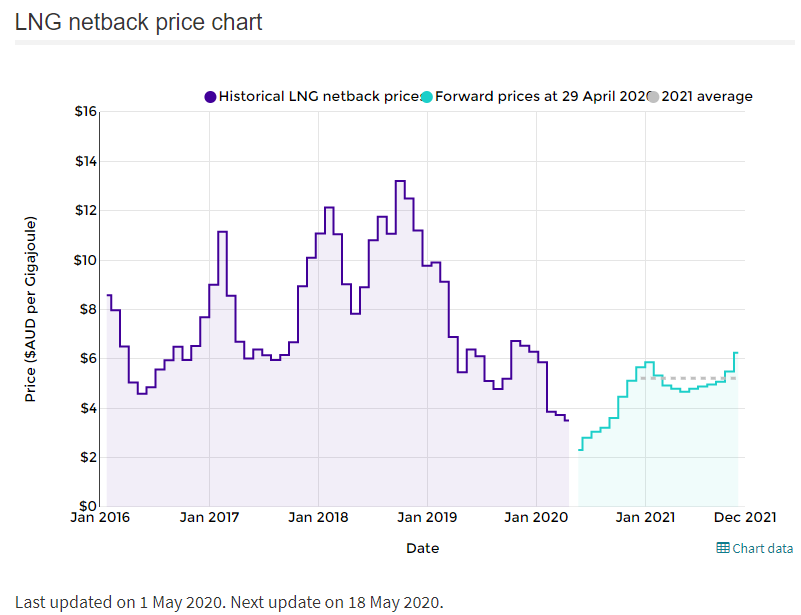Recall this, via The Australian:
Centre Alliance has received a written guarantee outlining the Morrison government’s gas policy, which the key minor party demanded in exchange for its support for the $158 billion personal income tax cuts package.
The copy of the draft gas policy, which has been signed by the government, was given to Centre Alliance senators last night ahead of a crucial vote in the Senate today on the tax cuts.
Centre Alliance senator Rex Patrick told The Australian in June he wanted a “clear understanding” of the government’s intention on gas, and the details in writing, before supporting the tax cuts.
Senator Patrick told The Australian the document detailed the measures of the government’s gas plan and the timetable in which they would be rolled out “over the next few months”.
A part of the deal was a review of the Australian Domestic Gas Security Mechanism which concluded:
The review recognises that price is an important indicator in establishing whether the domestic market is functioning effectively and considers that the ACCC’s forward LNG netback price series is the most applicable prices when estimating the likelihood and extent of a potential shortfall. As such, the review recommends amending the ADGSM’s guidelines to include referencing the ACCC’s LNG netback price series in estimating a potential shortfall.
This amendment clarifies the relevance of the ACCC’s LNG netback price series to considerations under the ADGSM and strengthens the ADGSM’s ability to deliver on its objective of securing domestic gas supply.
The current east coast gas price is hovering around $4Gj for spot and $5.60Gj for contact gas (which is most of it).
But, if the ADGSM review is implemented, as agreed with CA which appears to expect the changes will happen July 1, gas prices will drop to…wait for it…$2Gj:

Moreover, futures don’t have the price rising above $6Gj out to 2025. Given the enormous global glut that’s generous.
So, why is the Federal Government giving the NSW Government $2bn to produce this:
Energy giant Santos expects a ruling on its long-delayed Narrabri coal-seam gas project by the end of August after the introduction of new rules allowing public hearings to be held online during the coronavirus crisis.
Santos has been waiting years to be given the go-ahead to develop the Narrabri gas fields in north-west New South Wales, believed to be capable of supplying half the state’s gas needs. Its plan has been mired in red tape amid thousands of objections surrounding potential impacts to waterways and farmland, which are now being reviewed.
The NSW planning umpire in March was given 12 weeks to make a determination before the timeline blew out due to coronavirus restrictions. Santos managing director Kevin Gallagher said ensuring the independent umpire could continue evaluating projects was “vitally important” in order to drive new investments, generate jobs and support the country’s economic recovery once the worst of the lockdowns had eased.
The breakeven for this project is at least $7-8Gj and it’s ALL supposed to be reserved for Australian use.
That is, if Minister for Energy Chaos Angus Taylor delivers on the CA deal, Narrabri is rendered instantly uneconomic for a very long time.
So, is ScoMo about to create a majorly pissed off senate cross-bench blockade for himself by breaking his contract with Centre Alliance and deliver Australians permanently higher utility bills? Or is he going to pull the $2bn from NSW and STO?
It can’t be both.

